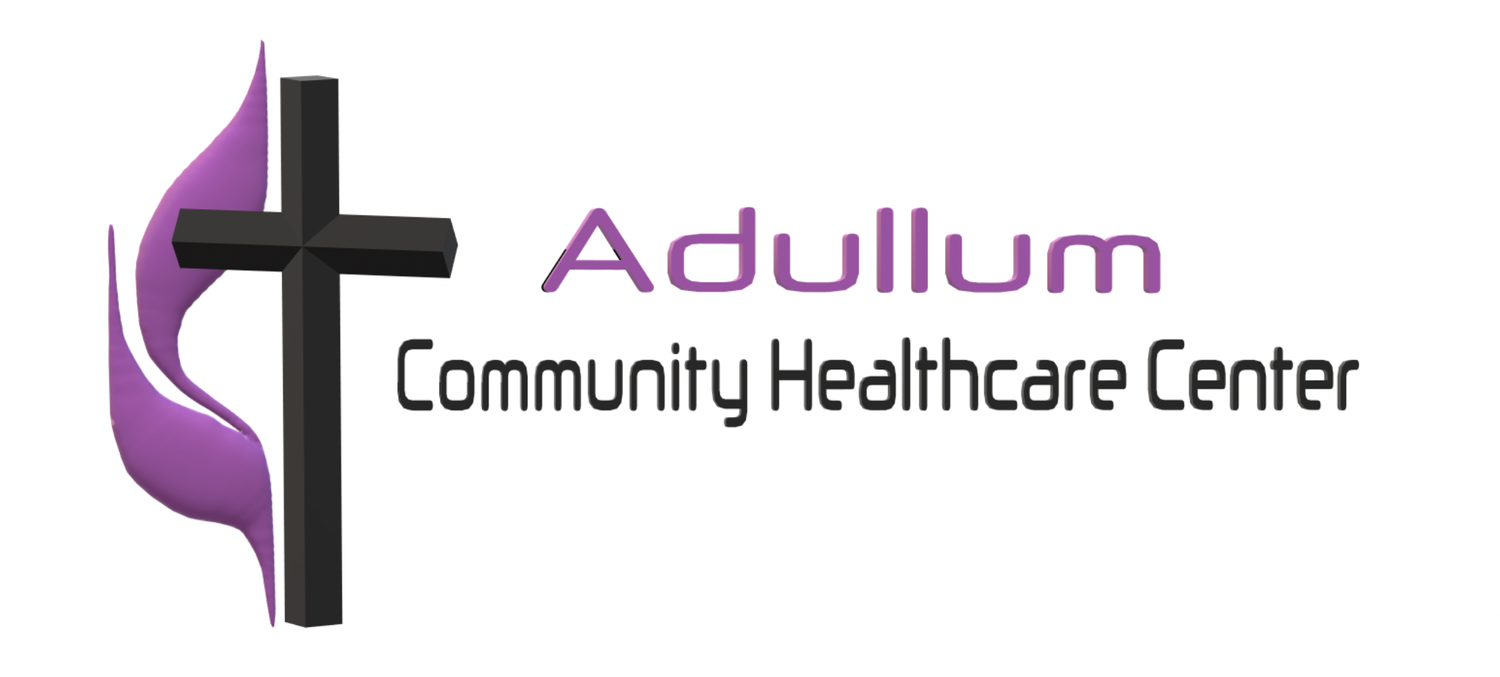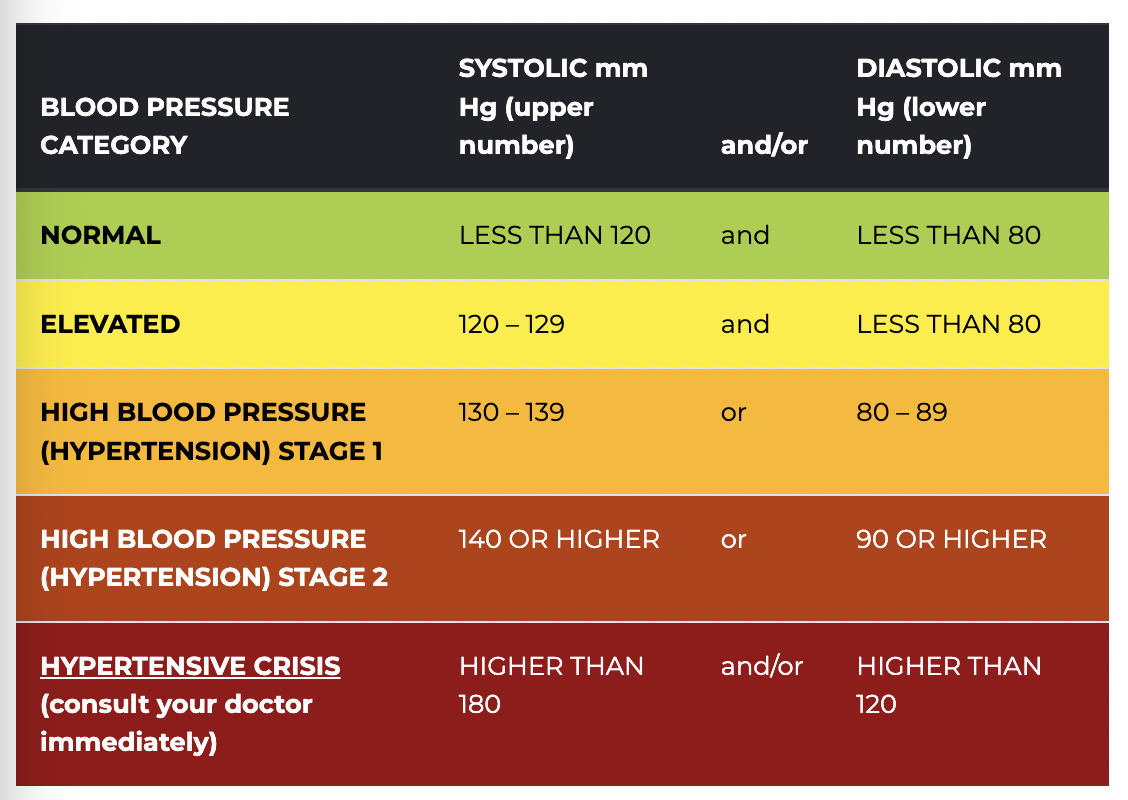Hypertension
Resources in Baltimore, MD for Hypertension Management:
https://health.baltimorecity.gov/sites/default/files/Support%20Groups%20and%20Programs%20for%20Diabetes%20and%20Hypertension.pdf
1) Know how to use a home blood pressure monitor
Be still. Don't smoke, drink caffeinated beverages or exercise within 30 minutes before measuring your blood pressure. Empty your bladder and ensure at least 5 minutes of quiet rest before measurements.
Sit correctly. Sit with your back straight and supported (on a dining chair, rather than a sofa). Your feet should be flat on the floor and your legs should not be crossed. Your arm should be supported on a flat surface (such as a table) with the upper arm at heart level. Make sure the bottom of the cuff is placed directly above the bend of the elbow.
Measure at the same time every day. It’s important to take the readings at the same time each day, such as morning and evening. It is best to take the readings daily however ideally beginning 2 weeks after a change in treatment and during the week before your next appointment.
Don’t take measurement over clothes.
2) Keep track of your numbers
Maintaining an awareness of your blood pressure numbers can alert you to any changes and help you detect patterns. Tracking your results over time will also reveal if the changes you’ve made are working.
Blood pressure standards
Use this chart to keep track of your blood pressure everyday.
3) Exercise regularly because it can help lower high blood pressure by about 5 to 8 mm Hg
Aerobic exercise: walking, joggling, cycling, swimming, or dancing.
High-intensity interval training: alternating short bursts of intense activity with periods of lighter activity
Strength training at least two days a week
4) Eat a healthy diet
Eat foods rich with potassium because it can lessen the effects of salt on blood pressure. Best sources of potassium are fruits and vegetables, rather than supplements.
Reduce salt in your diet by…
Reading food labels. Look for low-sodium versions of foods and beverages.
Eat fewer processed foods.
Don’t add salt. Use herbs or spices to add flavor to food.
Cook. Cooking lets you control the amount of sodium in food.
Limit alcohol
Limiting alcohol to less than one day a drink for women or two drinks a day for men can help lower blood pressure. One drink = 12 oz of beer, 5 oz of wine, or 1.5 oz of 80-proof liquor.
5) Quit smoking
6) Get a good night’s sleep (< 6 hrs of sleep every night for several weeks can contribute to hypertension)
Stick to a sleep schedule by going to bed and waking up the same time each day. Try to keep the same schedule on weeknights and on weekends.
Create a restful space. That means keeping the sleeping space cool, quiet and dark. Do something relaxing in the hour before bedtime. That might include taking a warm bath or doing relaxation exercises. Avoid bright light, such as from a TV or computer screen.
Watch what you eat and drink. Don't go to bed hungry or stuffed. Avoid large meals close to bedtime. Limit or avoid nicotine, caffeine and alcohol close to bedtime, as well.
Limit naps. For those who find napping during the day helpful, limiting naps to 30 minutes earlier in the day might help nighttime sleep.
5) Reduce stress
Avoid trying to do too much. Plan your day and focus on your priorities. Learn to say no. Allow enough time to get done what needs to be done.
Focus on issues you can control and make plans to solve them. For an issue at work, talk to a supervisor. For conflict with kids or spouse, find ways to resolve it.
Avoid stress triggers. For example, if rush-hour traffic causes stress, travel at a different time or take public transportation. Avoid people who cause stress if possible.
Make time to relax. Take time each day to sit quietly and breathe deeply. Make time for enjoyable activities or hobbies, such as taking a walk, cooking or volunteering.
Practice gratitude. Expressing gratitude to others can help reduce stress.


